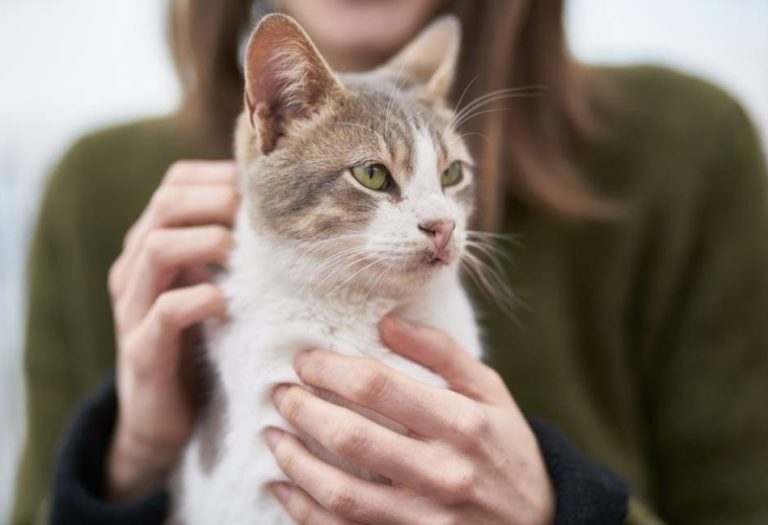How to Choose the Best Grain-Free Diet for Your Pet
Choosing the right diet for your pet can feel daunting, especially with so many options available. A grain-free diet has gained popularity among pet owners for various reasons, including allergies and dietary preferences. But how do you choose the best grain-free diet for your furry friend?
Understanding your pet’s unique needs and knowing what makes a good grain-free food are crucial steps in this process.
Understanding Grain-Free Diets
A grain-free diet means that the pet food does not contain traditional grains like wheat, corn, or rice. Instead, these diets often use alternative ingredients like sweet potatoes, peas, and flaxseed as sources of carbohydrates. The concept is rooted in the idea that some pets may have allergies or sensitivities to grains.
Before switching your pet to a grain-free diet, it’s important to consult with a veterinarian. Every pet is different, and some might thrive on grains, while others might not. Ensure that you understand your pet’s specific dietary needs to make an informed choice.
Benefits of Grain-Free Diets
Many pet owners opt for grain-free diets because of the perceived health benefits. A grain-free diet can improve digestion for dogs and cats with grain allergies, reducing issues like bloating and gas. Additionally, these diets often include more protein, which can help maintain your pet’s muscle mass and support overall health.
Another advantage of grain-free diets is the inclusion of high-quality ingredients. Many brands focus on using natural meats, fruits, and vegetables, which can provide essential nutrients. Remember, however, that not all grain-free diets are created equal. It’s essential to read the labels carefully.
Types of Grain-Free Diets
When choosing a grain-free diet for your pet, you’ll encounter various types. Here are some popular options:
Whole Food Diets
These diets consist of natural ingredients, often made from fresh meats, fruits, and vegetables. They provide balanced nutrition but may require preparation time for pet owners.
Dehydrated or Freeze-Dried Foods
These foods are easy to store and prepare since they are lightweight and have a long shelf life. To serve them, you simply add water to rehydrate the food.
Kibble
Kibble is the most common type of pet food. Thankfully, many brands offer grain-free options. Look for quality kibbles that contain real meat as the first ingredient. Brands like Supreme Source Pet Food Dog offer grain-free formulas by prioritizing high-quality ingredients.
What to Look for in Grain-Free Pet Food
Quality matters when choosing a grain-free diet. Check the label for a primary protein source at the top. Look for meats like chicken, beef, or fish. These should be the first ingredients listed, as they indicate real meat content.
Fats provide energy and support overall health. Look for animal fats or fish oil, which are beneficial for skin and coat health.
Transitioning Your Pet to a Grain-Free Diet
When making any significant dietary change for your pet, it’s essential to do so gradually. Start by mixing a small amount of the new grain-free food with your pet’s current food. Over a week, gradually increase the proportion of grain-free food until your pet is fully transitioned.
During the transition period, monitor your pet’s reactions. Look for any digestive issues, changes in energy levels, or signs of allergy.
Your Pet’s Health is Key
Choosing the right grain-free diet is about what works best for your pet. With a little research, you can select a diet that promotes your pet’s health. If you notice anything unusual, consult your vet immediately.
Visit our website for more like this.







